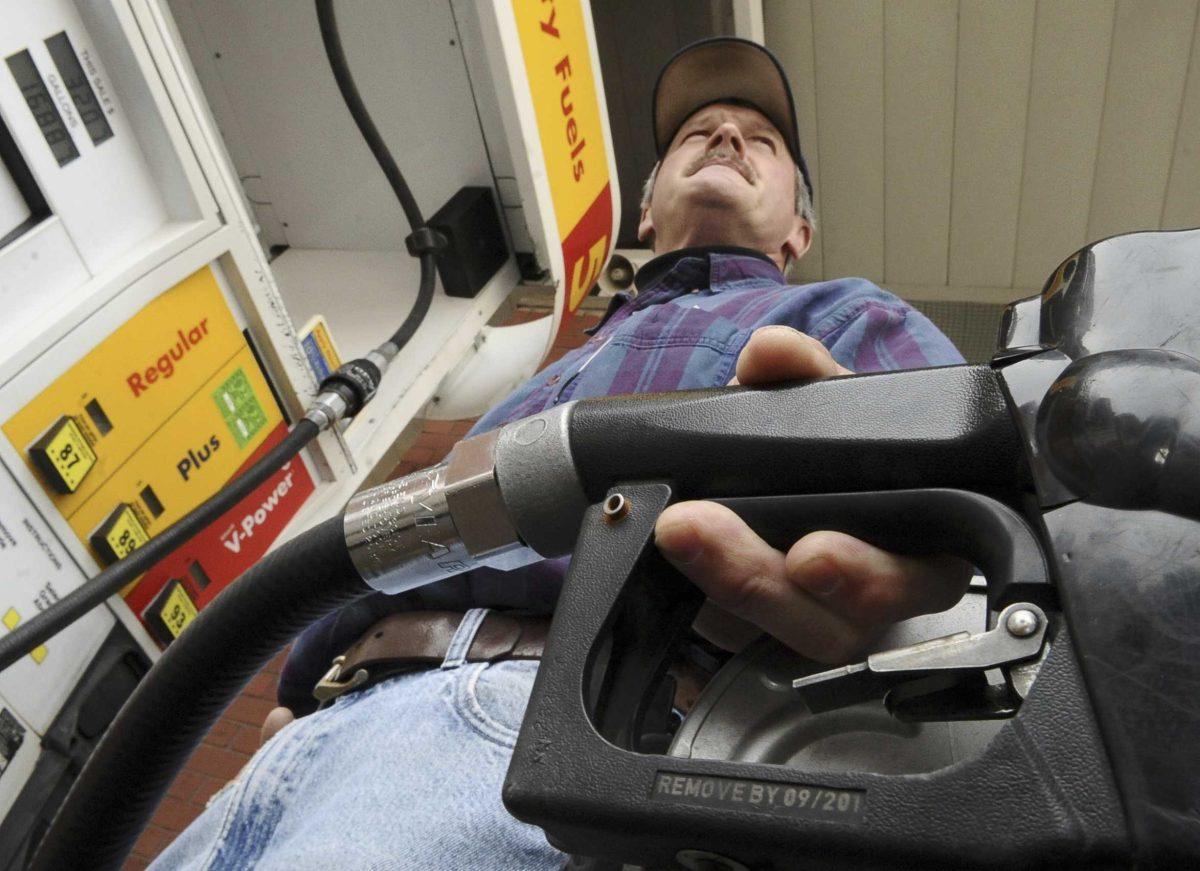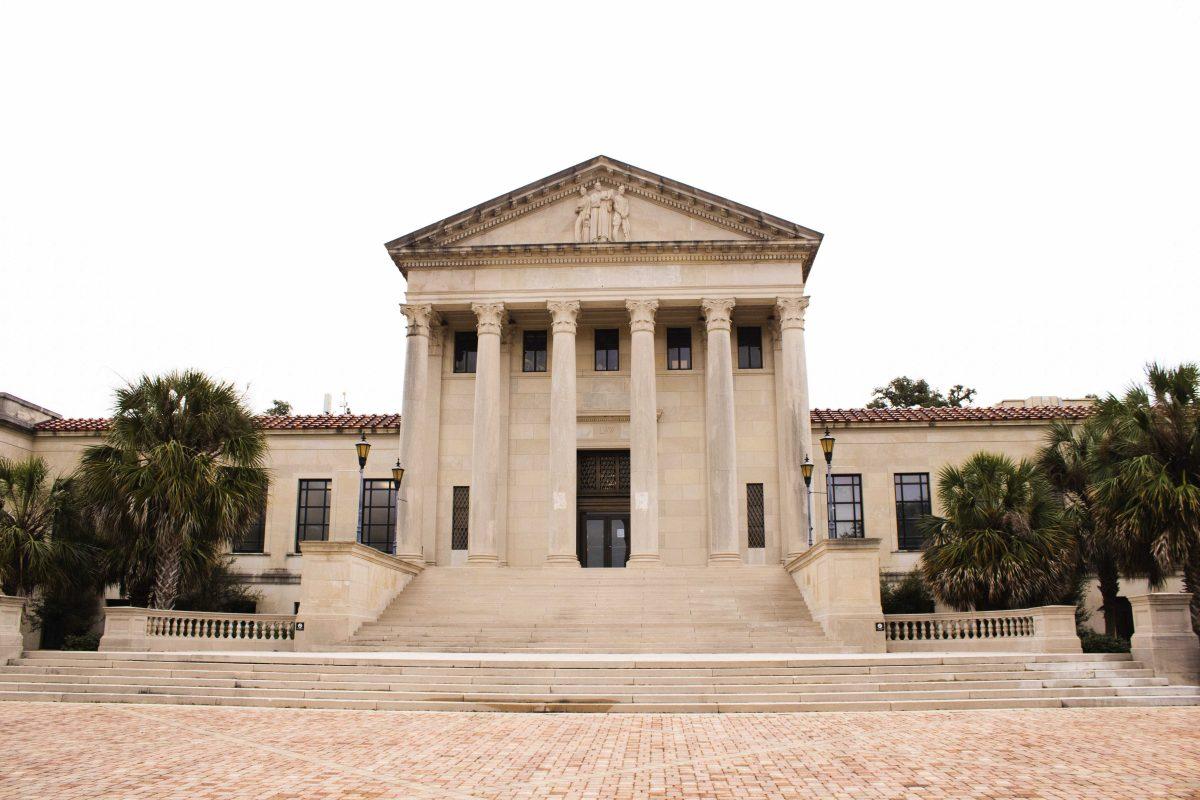WASHINGTON (AP) — Gasoline prices are expected to be relatively low this summer, so motorists might want to take to the road despite the dismal economy if the federal government projections hold.The Energy Information Administration said regular-grade gasoline is expected to average $2.23 a gallon during the April-through-September driving season, though it will likely fluctuate and could jump to more than $2.30 a gallon during the peak driving period in late summer.But that’s still a bargain compared with last summer, when gasoline cost an average of $3.81 a gallon.Much lower crude oil prices, which are projected to average $53 a barrel this year after soaring as high as $147 a barrel last summer, are the primary reason for the lower prices at the pump.The EIA report also said U.S. crude oil production is expected to rebound this year by an additional 440,000 barrels, to 5.4 million barrels a day, after a decline last year. The production increase stems mostly from the startup of two huge new oil platforms in deep waters of the Gulf of Mexico. The Thunder Horse platform, which BP began operating late last year, is expected to pump more than 200,000 barrels a day and Chevron’s new Tahiti platform is expected to produce 125,000 barrels a day by midyear.The addition production, however, is not expected to significantly change America’s reliance on imports, which still account for about 58 percent of domestic petroleum use.Howard Gruenspecht, the EIA’s acting administrator, acknowledged the uncertainties surrounding the agency’s price projections. Gasoline prices are largely linked to the price of crude oil, and if the economy begins to recover earlier and stronger than assumed by EIA, prices of both crude and gasoline could be higher than projected, said the report.”We do try to emphasize the uncertainties in the projections,” said EIA spokesman Jonathan Cogan. “We’re not in the crystal ball business.”Two EIA energy reports last year demonstrated the precarious nature of trying to project fuel prices.A year ago, in April 2008, EIA’s summer forecast predicted oil prices would hover at “near $100” a barrel and gasoline would average $3.54 a gallon for the summer driving season. Crude oil prices, in fact, soared to a high of $147 and motorists paid more than $4 a gallon over much of the summer. EIA then revised its projections, saying crude and gas prices would remain high. In a report in June 2008, it said gasoline would average $3.92 a gallon through 2009, and crude oil $129 a barrel.After peaking in July, 2008, U.S. gasoline prices dropped to a nationwide average of $1.61 a gallon in late December. Since then they’ve edged higher to last week’s average of $2.05 a gallon. The energy agency attributed the increases to slightly higher crude oil costs and refiners trying to recoup some profits.The latest EIA report now projects crude oil prices to average $53 a barrel this year, but to increase by about $10 a barrel in 2010.But there’s a hedge. Stronger-than-expected economic recovery, lower global production or “more aggressive action to cut production” by the OPEC oil cartel “could lead to a faster and stronger rise in oil prices,” cautions the report.
Gov’t projects gas prices to be lower than last summer
April 13, 2009







